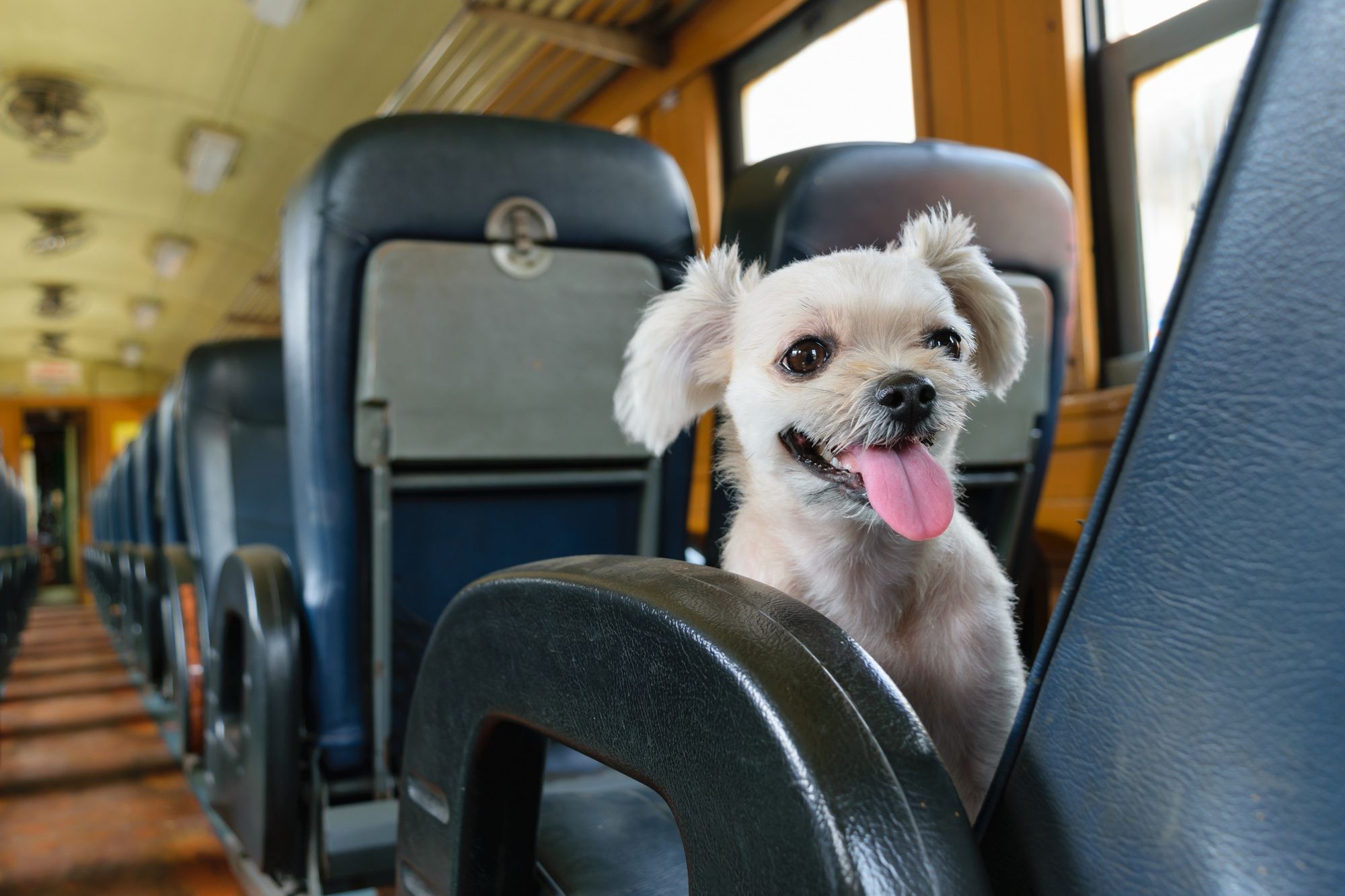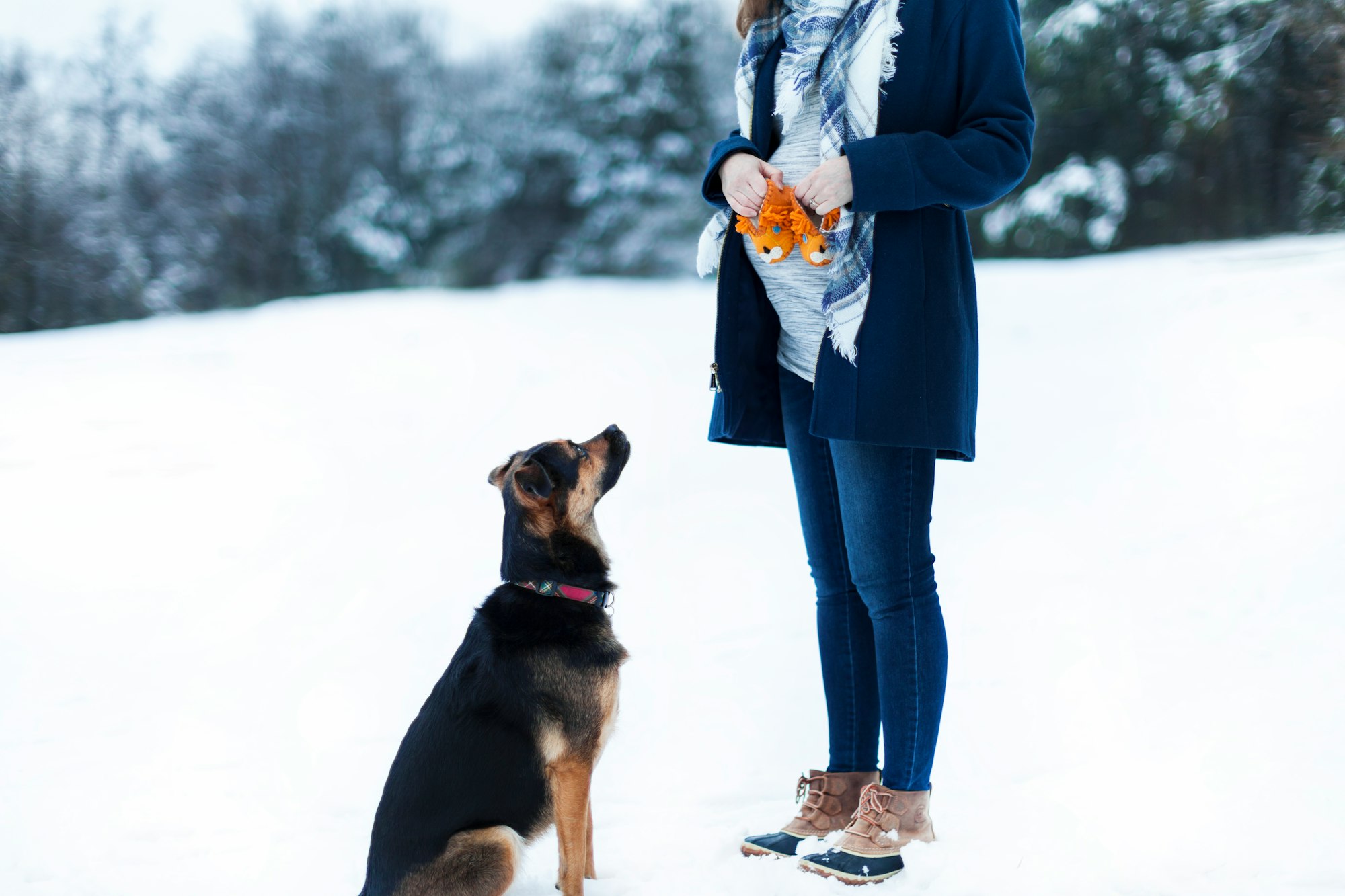In the dynamic world of dog sports, agility stands out as a captivating blend of speed, precision, and partnership between canine and handler. Agility training transforms simple parks into obstacle courses, challenging dogs to weave poles, jump hurdles, and navigate the infamous dog walk.
Whether you're looking to compete in the esteemed agility trial organized by notable kennel clubs or want to teach your dog a new trick or two, getting started in dog agility requires a blend of basic obedience and specialized dog agility training.
This comprehensive guide dives deep into canine gyms, outlining every step to train your dog successfully for the agility course. The foundational agility class to mastering the various agility obstacles. We unravel the intricate dog training world, ensuring your canine companion participates and thrives in this exhilarating dog sport.
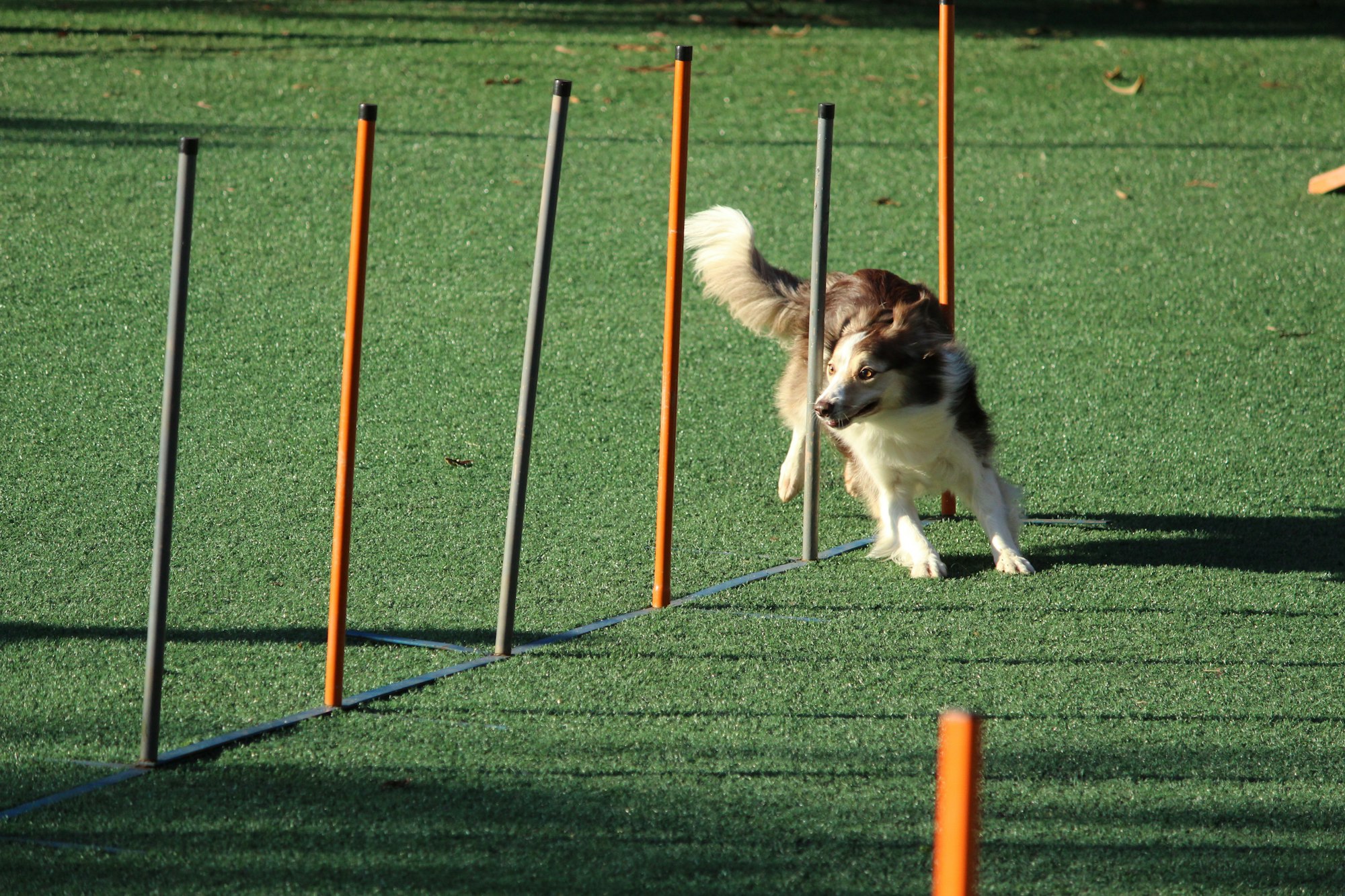
What age should a dog start agility?
Introducing your dog to the sport of agility can be a thrilling venture, but it's essential to pinpoint the right age to embark on this journey. Most experts advise waiting until a dog reaches 12-18 months before they're introduced to the agility course test, primarily to ensure your dog's bones and joints have matured adequately.
Engaging a dog too young in rigorous training exercises, especially where you'd want your dog to jump, could put undue stress on developing joints. Even before this age, you can lay the groundwork by practicing basic obedience, teaching your dog to walk by your side, or training them with poles that your dog may later encounter.
To navigate the world of dog agility at home or with agility groups, ensure you consult a professional dog trainer. They will equip you with everything you need to know to get started.
They'll also guide you on the subtler nuances, like when to reward your dog for a job well done or train your dog in agility while keeping the dog on a leash. Your dog’s safety and well-being should be at the forefront, so always prioritize that when teaching agility.
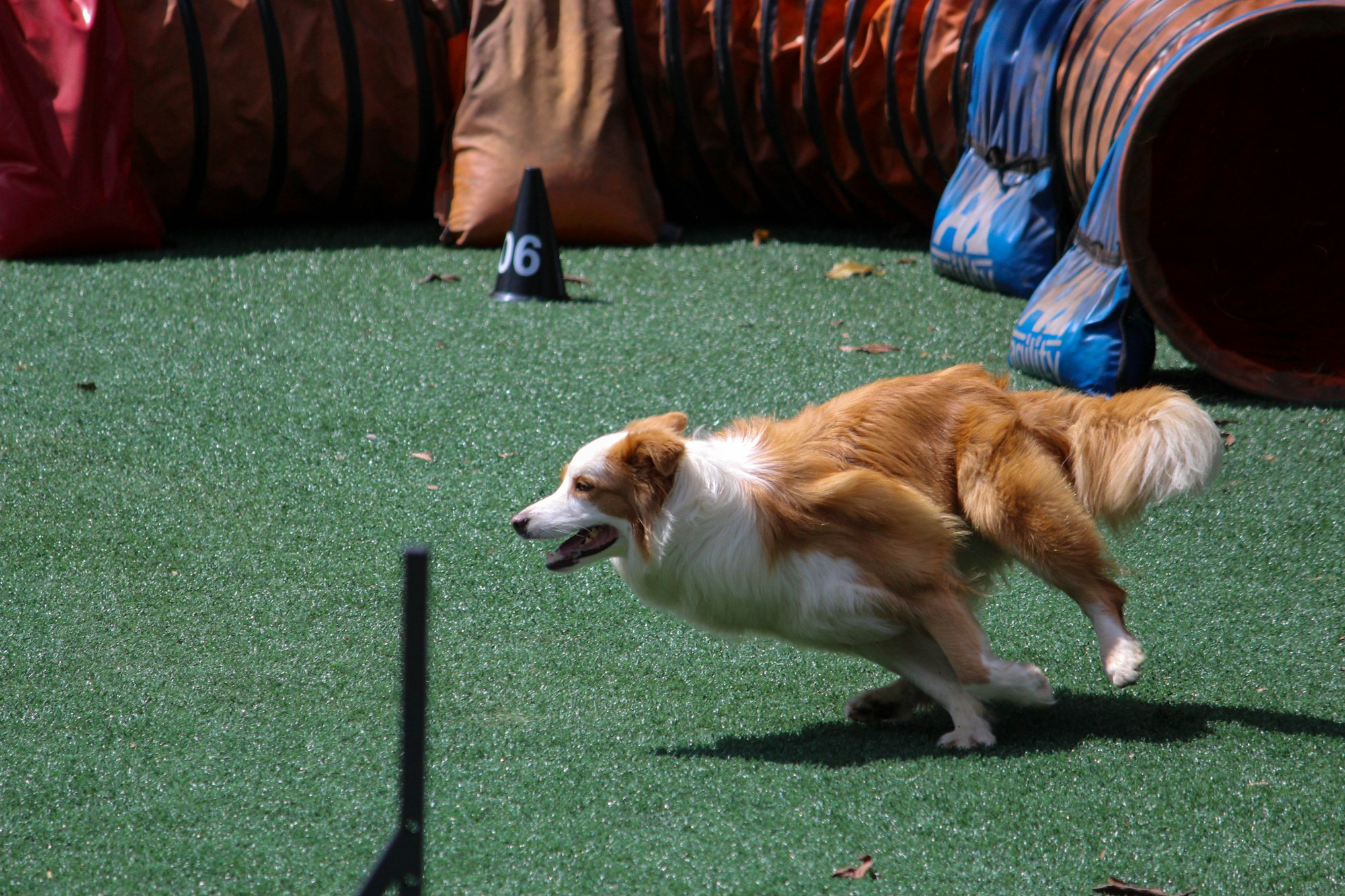
Is agility training good for dogs?
Agility training is not only good for dogs, but it also offers a myriad of benefits. At its core, agility is a sport where the dog must learn to navigate a series of obstacles with guidance from their handler.
Starting with entry-level agility events, it provides dogs with a unique mental and physical challenge. As with any new endeavor, start training early but gently. For beginners, a simple technique like using a treat to lure your dog to touch or move around an obstacle can be effective.
Dogs need both mental stimulation and physical activity, and agility is one unique activity that provides both. As you move your dog through the courses, they get used to different challenges and become more adaptable.
With consistent practice at home, your dog will be ahead of the curve, acclimating faster to new scenarios. Moreover, directing your dog through the courses strengthens the bond between handler and canine, enhancing trust and communication.
In essence, to get started in agility means to unlock a new realm of growth and fun for your pet. It's a holistic way to ensure your dog's well-being, making it a commendable choice for many dog owners.

The Foundations of Agility Training
A. Historical context: The origins and evolution of agility training.B. Importance of basic obedience training as a pre-requisite. C.
Introduction to the primary agility obstacles:
- Jumps
- Tunnels
- Weave poles
- A-frames
- Dogwalks
- See-saws
The birth of agility training is an interesting tale rooted in the mid-20th century United Kingdom.
Originally conceived as intermission entertainment during equestrian events, agility quickly captivated audiences, watching a dog through a pre-set obstacle course enthusiastically and quickly.
Over time, this pastime evolved into a competitive sport, with kennel clubs and other organizations offering a directory for agility groups in each state and even internationally. With its rise, agility has showcased the seamless bond between handler and dog, one done with your dog relying solely on your cues and commands.
Before embarking on the agility journey, basic obedience is paramount. This foundation ensures your dog is ready to navigate agility courses with confidence and precision. Basic commands such as "stay," "come," and "sit" are not just rudimentary.
They are integral when approaching pause tables where the dog must stop momentarily. Moreover, obedience training strengthens the handler and the canine bond, making future agility training more effective. Competing in agility demands a partnership, and basic obedience lays the groundwork for this symbiotic relationship.
- Jumps: A staple in agility courses, jumps challenge a dog's leaping prowess. Starting with low heights and gradually increasing them can entice your dog to clear them effortlessly.
- Tunnels: These curved tubes test a dog's courage and adaptability. Initially, a shorter, straight tunnel can let your dog familiarize itself with the obstacle, progressing to more complex curved setups over time.
- Weave poles: Perhaps among the most iconic agility challenges, poles that your dog must weave through demand precision and timing. Beginners can start with spaced poles, and as proficiency increases, move the poles closer to tighten the weave.
- A-frames: This steeply inclined obstacle requires dogs to climb one side and descend the other. A strong recall command ensures the dog completes both sides safely.
- Dog walks: Much like a balance beam, the dog walk compels canines to traverse narrow planks elevated off the ground. Confidence and balance are crucial, making early introduction and gradual height increase beneficial.
- See-saws: Teetering platforms that tip as the dog crosses them, see-saws combine balance with patience. Training often begins with a stationary platform, teaching the dog to wait at the pivot point, ensuring safety and proficiency during competitions.
Agility training offers both handler and dog mental and physical stimulation. Its rich history, foundational reliance on obedience, and diverse set of obstacles testify to the depth of the bond one can achieve with their four-legged friend. Whether you're looking to entertain, compete, or simply bond, agility training in the canine gym is an enriching experience for all involved.
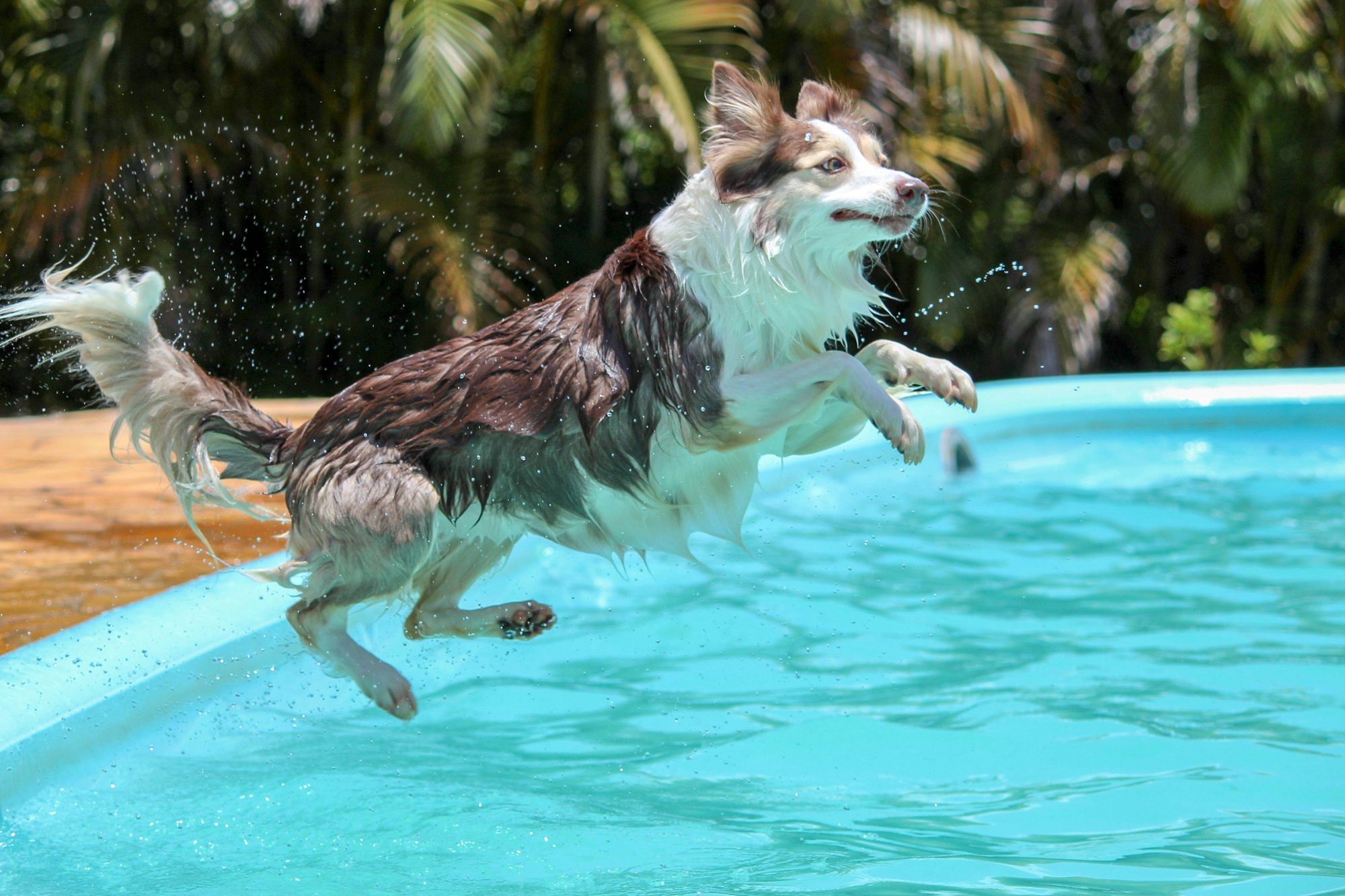
Tips and Tricks to Start Agility Training at Home
Below we share some amazing tips and tricks to start agility training at home.
- Using chairs for jumps or weave poles: High-energy dogs often find the act of jumping exhilarating. Place chairs at a reasonable distance apart to kick-start your home agility training. See if your dog will jump over the gap between them or weave through multiple chairs in a line. It's a basic agility technique that many dogs find enticing, simulating the professional weave poles seen in agility competitions.
- Cardboard boxes as makeshift tunnels: If you've ever seen agility events, you'll notice dogs run through tunnels with great enthusiasm. Replicate this obstacle at home using large cardboard boxes. Ensure the box is sturdy enough and your dog can move comfortably through it. You'll be surprised at how many dogs love this fun addition!
- Blankets over furniture to mimic A-frames: A-frames are iconic agility obstacles where the dog climbs one side and descends the other. Drap blankets over couches or inclined boards at home to create a makeshift A-frame. Monitor to ensure your dog becomes confident and secure while navigating this structure.
- Importance of positive reinforcement: Training techniques should always emphasize positive reinforcement. Dogs and their owners build a deeper bond when accomplishments are met with praise, treats, or both. Every time your dog gets an obstacle right, shower them with love and possibly a treat, reinforcing their good behavior.
- Keeping sessions short and upbeat: Just like humans, dogs train better when it's fun and not overly lengthy. Keep sessions short, ensuring your dog remains interested and eager. If they show signs of fatigue or disinterest, it's a cue to wrap up and try training another day.
- Incorporating play and toys: Agility provides an exciting blend of discipline and play. At the end of a successful session or after mastering a challenging obstacle at home, reward your breed dog with their favorite toy. This integration of play keeps the training center environment joyful, reminding both dogs and humans that agility may be structured, but it's also a game.
Starting your dog on agility training at home isn't just for those aiming to compete at the local agility level. Even if you've never visited a professional training center, these home-friendly obstacles and tips can benefit dogs of all breeds and temperaments. Whether introducing basic agility for exercise or seeking new ways to bond, agility at home offers an enriching experience for dogs and owners alike.
Training Techniques and Methods: A Deep Dive
To truly unlock the potential of any aspiring agility champion, one must delve into the depths of training methodologies.
Navigating the journey from amateur to adept requires a keen understanding of your canine companion's needs, insights from industry experts, and the ability to discern between effective techniques and common misconceptions. Let's explore the facets of training that elevate a dog's agility prowess.
1. Setting the Right Pace
Every dog is unique, and recognizing this is paramount. Before diving into an agility routine, assessing your dog's physical capabilities is essential. This involves understanding their stamina, strength, flexibility, and potential health issues. Setting a pace that aligns with their abilities ensures that the agility training is safe and enjoyable for your canine.
2. Building a Training Schedule
Creating a training regime is more than just deciding the number of hours; it's about striking the right balance between consistency and intensity. While it's crucial to maintain regular training sessions for familiarity and skill retention.
Overwhelming a dog with lengthy, intense workouts can lead to burnout and injury. A balanced schedule ensures steady progress without overwhelming your canine companion.
3. Addressing Common Training Mistakes and Misconceptions
Agility training is rife with myths and misconceptions, some of which can hinder progress. From the belief that only certain breeds can excel in agility to misconceptions about training age limits, it's vital to dispel these myths early on.
Recognizing and rectifying common training errors, like improper reward systems or poor obstacle introductions, can make the difference between a successful agility experience and a frustrating one.
4. Insights from Small Door Veterinary's Perspective
According to insights from Small Door Veterinary, proper nutrition, regular health check-ups, and understanding a dog's behavioral cues play significant roles in effective agility training.
Their perspective emphasizes the synergy between physical health and agility performance, reminding trainers that a holistic approach often yields the best results.
5. Socializing and Familiarizing
The agile world offers various obstacles and environments, each presenting its challenges. To ensure your dog isn't overwhelmed, it's crucial to gradually introduce them to new equipment, like weave poles or seesaws and varied training locales.
Familiarization sessions, where the dog can explore without the pressure of performance, coupled with socialising activities, can build confidence and reduce anxiety when faced with new agility challenges.

Health and Safety Precautions
In the canine agility world, while the thrill of the chase and the joy of the jump can be exhilarating, it's imperative not to overlook the health and safety precautions essential to this high-intensity sport.
As agility training demands a perfect blend of speed, strength, and stamina from our furry friends, ensuring their well-being is paramount. Let's delve into some critical aspects that, when acknowledged, ensure a safer and more fulfilling agility training journey for every dog.
Just like humans, dogs too can feel the strain of excessive exercise. It's crucial to be vigilant and identify signs such as excessive panting, slowed pace, or even disinterest in training. Recognizing these signs early can prevent injuries and ensure your dog's training experience remains positive and healthy.
Agility training is physically demanding, making regular health checks an absolute necessity. These routine vet visits can detect underlying issues affecting a dog's performance or well-being. They also serve as preventive measures, ensuring potential problems are caught and addressed before escalating.
Diet plays a pivotal role in a dog's overall health, especially when engaged in strenuous activities like agility. A well-balanced, nutritious diet fuels their energy levels and aids muscle recovery.
It's essential to consult with a veterinarian or pet nutritionist to ensure your canine athlete gets the right amount of calories, proteins, and other vital nutrients suited to their specific needs.
While agility training can be fun, it's not without risks. From the potential of slips on the agility course to the strain from repetitive motions, awareness of these dangers is the first step.
Ensure that equipment is in good condition, the training ground is free of hazards, and that training sessions are paced appropriately. Most importantly, always prioritize your dog's comfort and safety.
Beyond the Basics: Preparing for Agility Competitions
While foundational agility training sets the stage, transitioning to the competitive realm of dog agility is a journey. As enthusiasts strive to take their dogs from the backyard obstacle course to the limelight of professional agility competitions, several facets need attention. Let's dive deep into preparing both handler and canine for the exhilarating world of agility contests.
Dog agility competitions are more than just navigating an obstacle course; they're a symphony of categories, rules, and expectations. From "Jumpers with Weaves" to "Time, Fault, Out," each category has unique challenges and criteria.
While rules might vary based on the organizing body, a common expectation is precision, speed, and flawless execution. Each event is a testament to the bond between handler and dog and reflects their countless hours of practice and dedication.
Tips for Transitioning from Home Training to Competition-Ready Skills
Leaping home-based agility courses to competition arenas requires a blend of consistency, adaptation, and elevation.
- Consistency - Ensure that your training regimen at home mirrors competition conditions.
- Adaptation - Gradually introduce your dog to new environments to acclimate them to different distractions and settings.
- Elevation - Intensify your training sessions closer to the competition, mimicking the pressure and intensity of the actual event.
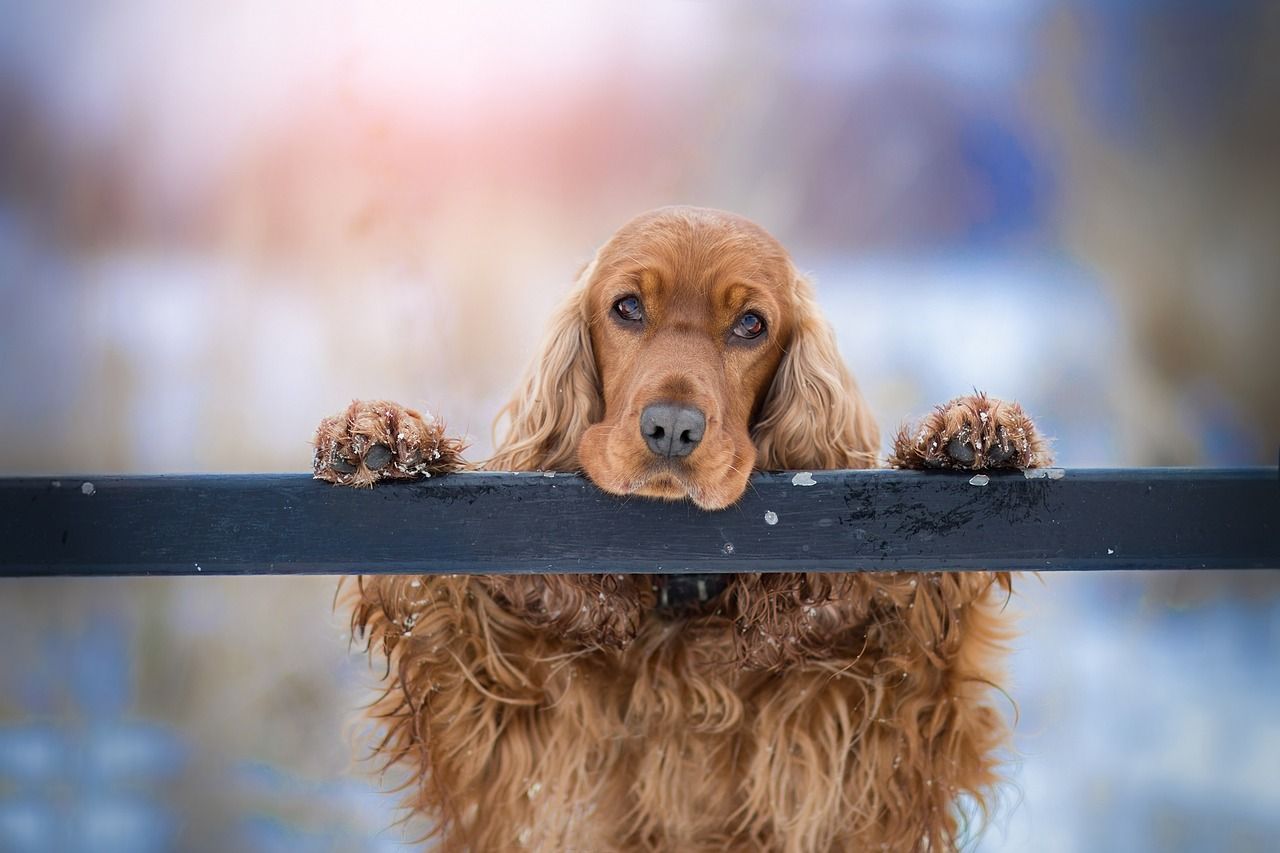
Building Resilience and Confidence in Your Dog for the Big Day
Every dog is bound to face anxiety or nervousness, especially in a new environment with the buzz of competition. Building resilience involves:
- Desensitization: Exposing your dog gradually to competition-like settings, noises, and crowds.
- Positive Reinforcement: Rewarding them generously for their efforts and reinforcing confidence.
- Mental Preparedness: Engage in relaxation exercises or calming techniques to ensure your dog is mentally focused and less stressed.
The agility world thrives on passionate communities and resources. From local agility training classes to online forums, these spaces offer invaluable insights, shared experiences, and guidance.
Websites of renowned kennel clubs often host resources and event calendars. Joining a local dog training club or agility community can also offer hands-on experience, mentorship, and a supportive environment to help you and your dog reach new heights in agility excellence.
Conclusion
In the captivating world of dog agility sports, ensuring your dog is competition-ready transcends training basics. As we've journeyed through this comprehensive guide, it's evident that a deep commitment to nuanced training is indispensable to get your dog primed for the agility arena.
Make sure your dog is well-acquainted with agility's multifaceted demands, from the intricate obstacle courses they'll navigate to the bustling atmosphere they'll encounter.
Trying out agility exercises at home is a commendable first step. However, your dog will need structured training and proper acclimation to shine. While every dog used in agility sports has its unique rhythm, the path to perfection for every dog will take patience, resilience, and continuous learning.
It's not just about training your dog to make swift moves but ensuring it thrives. Remember, the foundation for success in this exciting canine sport is built on understanding, trust, and an enduring bond between handler and hound.
